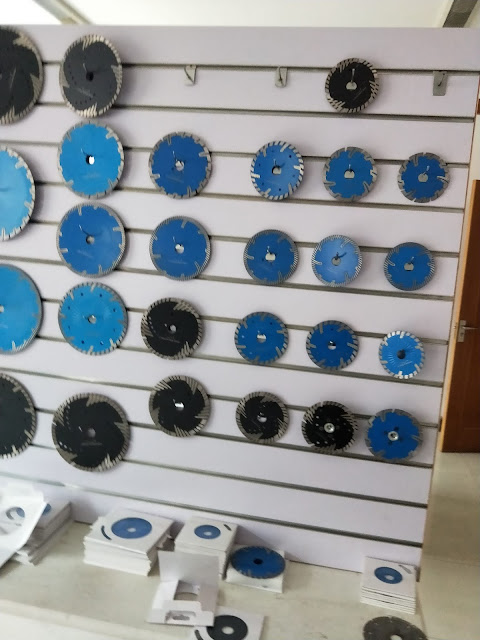Choose wet or dry cutting when using diamond blade

Choosing wet or dry may be a matter of user preference or job requirement. When using a power hand tool such as a power hand saw, it is not safe to use water because of the electrical power source. However for concrete saws, wet cutting is usually preferred because you can cut deeper when using water as a coolant. For tile and masonry saws, either wet or dry diamond cutting blades can be used. For power cutters, dry diamond blades are more popular, but they are often used wet to control dust. Wet diamond blades MUST be used with water. Dry diamond blades may be used EITHER dry OR wet, as the job or equipment allows. Dry diamond blade